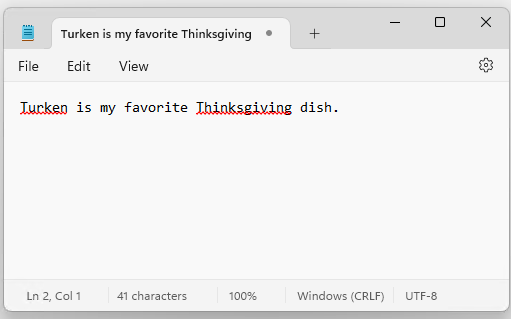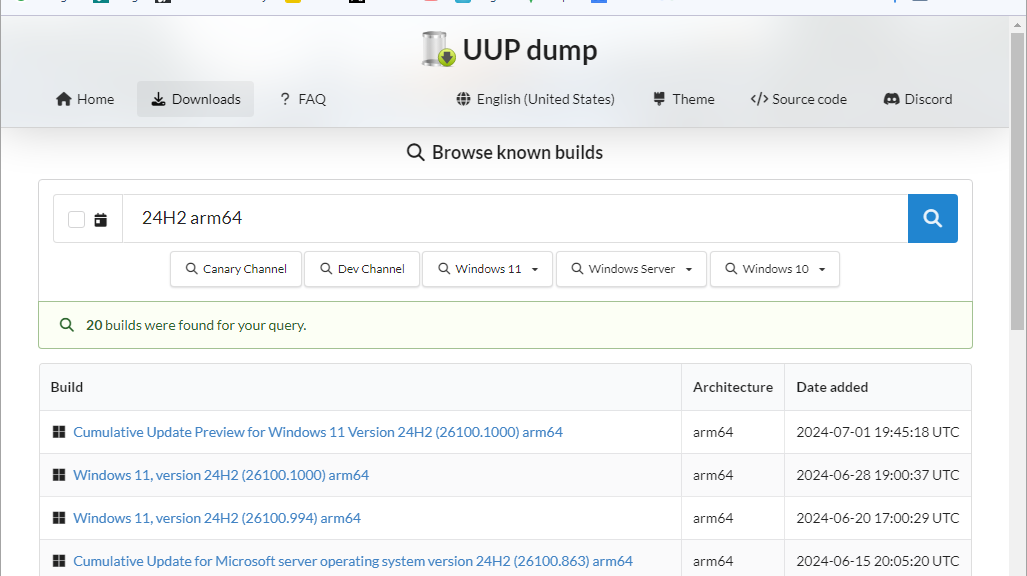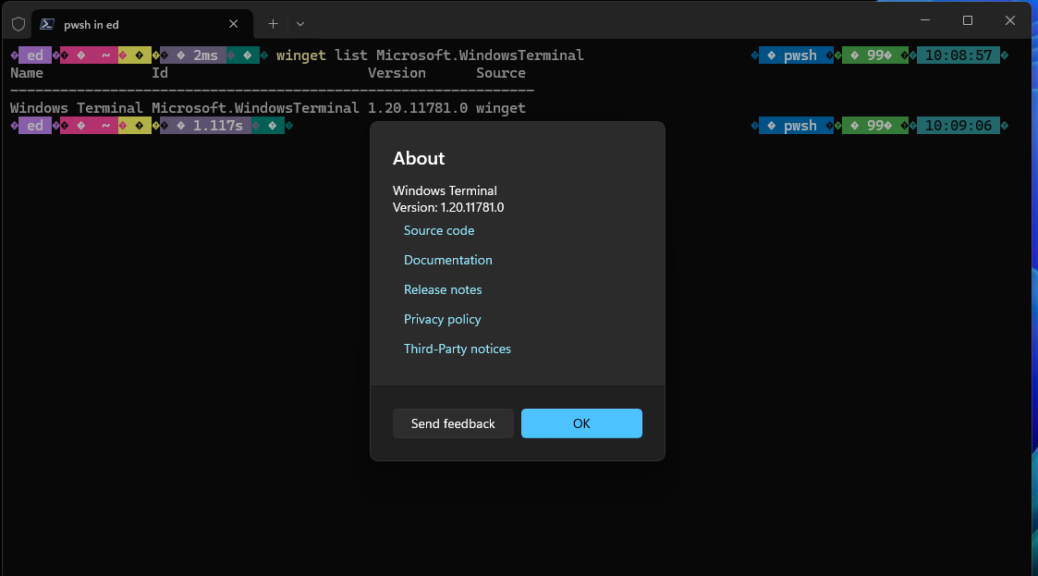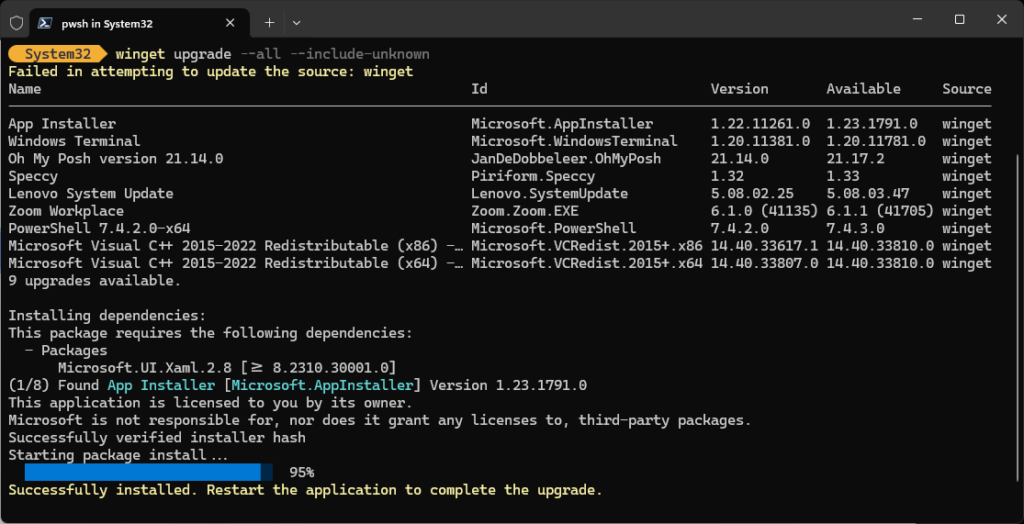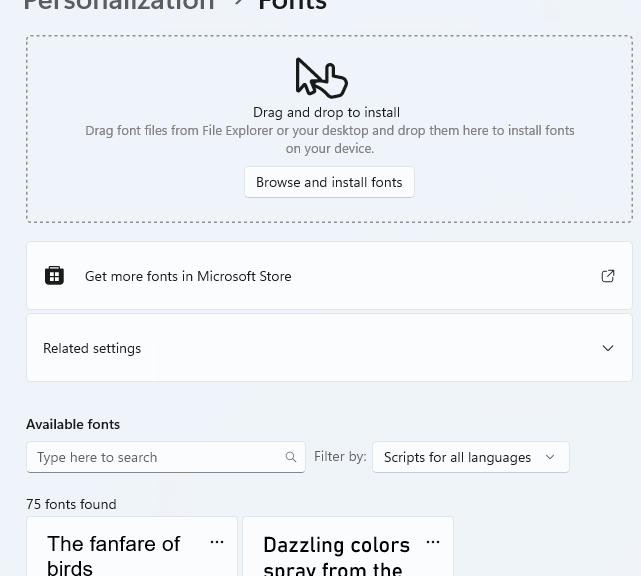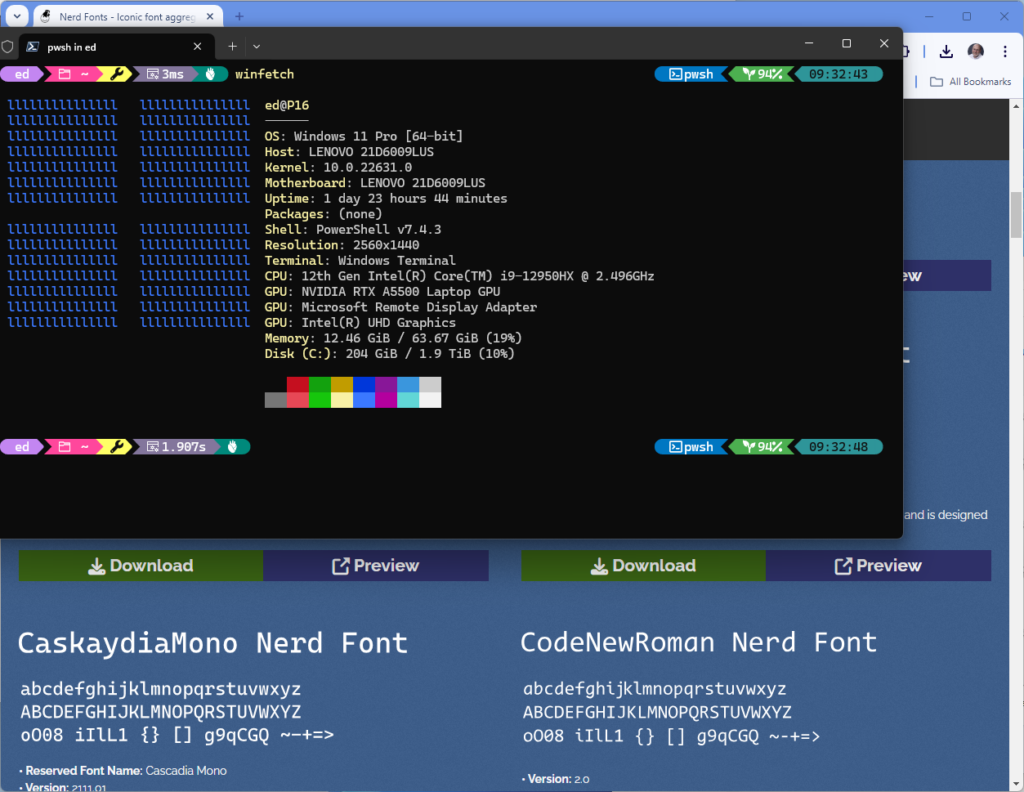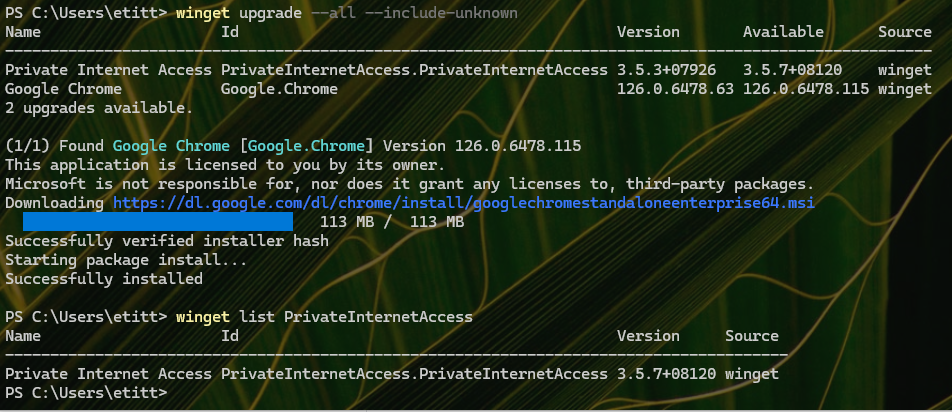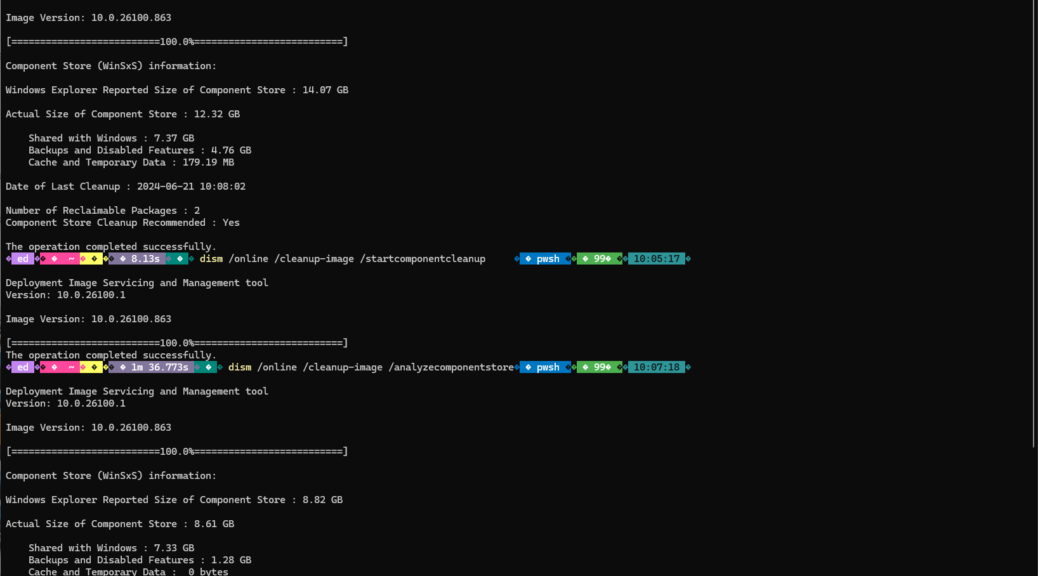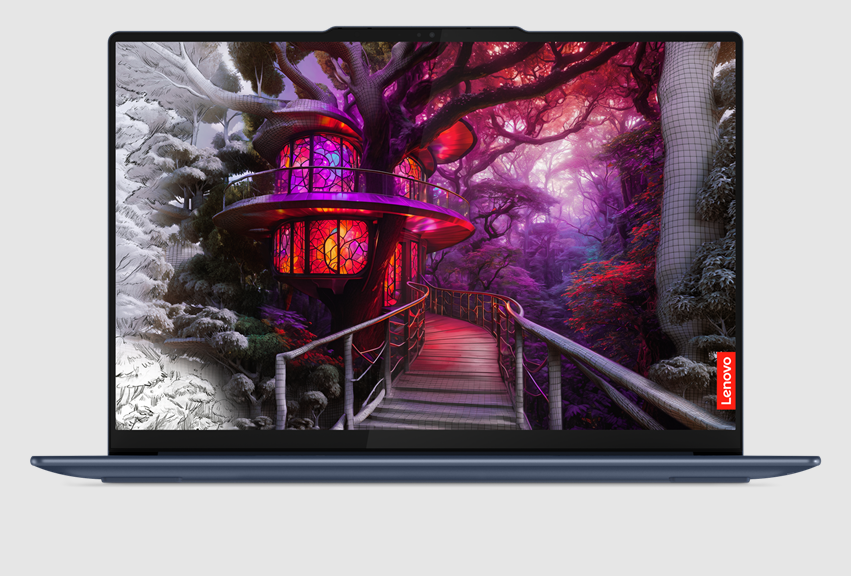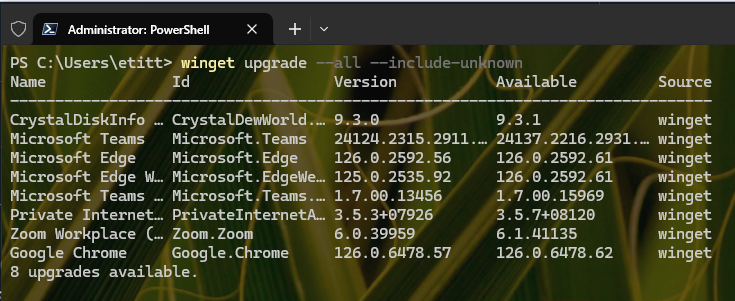When I sent an email to the Lenovo Reviews team earlier this week, I asked that they send me a Copilot+ PC at their earliest convenience. When “the Boss” told me “You have a package” this morning, I had no idea what it might be. But gosh: it’s a brand-spanking-new Yoga Lenovo Yoga Slim 7 14Q8X9. It’s still booting — during which it clearly recognized itself as a Copilot+ PC — so I can’t even say what’s under the hood just yet. But when a Yoga Copilot+ PC pops in unexpectedly, I’m happy to work through its OOBE and setup stuff. Wow!
Yoga Copilot+ PC Pops In Unexpectedly, Things Get Fun!
OK, I got far enough into booting that I can say a little about what’s what (thanks to System Information in the running OS):
- Snapdragon X1E78100 CPU
- 3K (2944×1840) OLED display (great, sharp colors)
- 16 GB RAM
- 512 GB SSD
- Windows 11 Home (!)
- All 3 USB ports (2 left, 1 right) are USB 40Gbps
From what I can see about pricing on the product page, my unit as configured would cost US$1,200.00 (in round numbers). If I were buying one, I’d definitely spend the US$69 to bump it up to 32GB RAM, and US$45 to take it up to a 1TB SSD.
Apparently, I’ve got a lot of work to do on intake. I’ll be upgrading this to Windows 11 Pro, mostly so I can use RDP to get into the machine from my dual-screen desktop.
First Impressions
As with the Lenovo Yoga Pro 9i that preceded it, the Yoga Slim 7 shows up in plastic-free packaging. It took less than a minute to unbox and put things together. Interestingly, the unit wouldn’t boot until I plugged the brick into an AC outlet, and hooked it up. Normally, Lenovo sends review units out with a full charge. But not this time — probably because they put it in the pipeline for shipping as soon as I requested the unit on Wednesday. Again: I’m stunned and thankful.
The unit lives up to its slim moniker, but feels sturdy and high-quality in the hand. According to its product page, it weighs 2.82.lbs/1.28kg: but it feels both light and powerful. The deck and outer surfaces are all a wonderful dark shade of midnight blue.
An Upgrade Wrinkle…
Interestingly, I couldn’t use a MAK Windows 11 Pro key to upgrade the unit (maybe that one doesn’t include ARM coverage?). I had to burn one of my MVP Windows 11 Pro retail licenses to get the upgrade through the Activation center in Settings. It shows the same screen as when using Recovery to perform an in-place repair install (unsurprisingly). I’ll report back in when this finishes.
Soon, I’ll also be able to report in on the Yoga Slim 7’s Snapdragon specific AI-based Copilot features. That should be a total gas. Right now, I’m still in the intake process, getting ready to put this PC through its paces. Stay tuned!
My next move will be to box up and send back the truly terrific Lenovo Yoga Pro 9i I’ve had since late April. It’s been a great (and powerful) PC especially for VMs in Hyper-V. I’ll be sorry to see it go. But I promised to send it back as soon as another USB4 capable unit showed up here at Chez Tittel. That means an outing to the FedEx storefront at 183A and 1431 later this afternoon. Good-oh!




